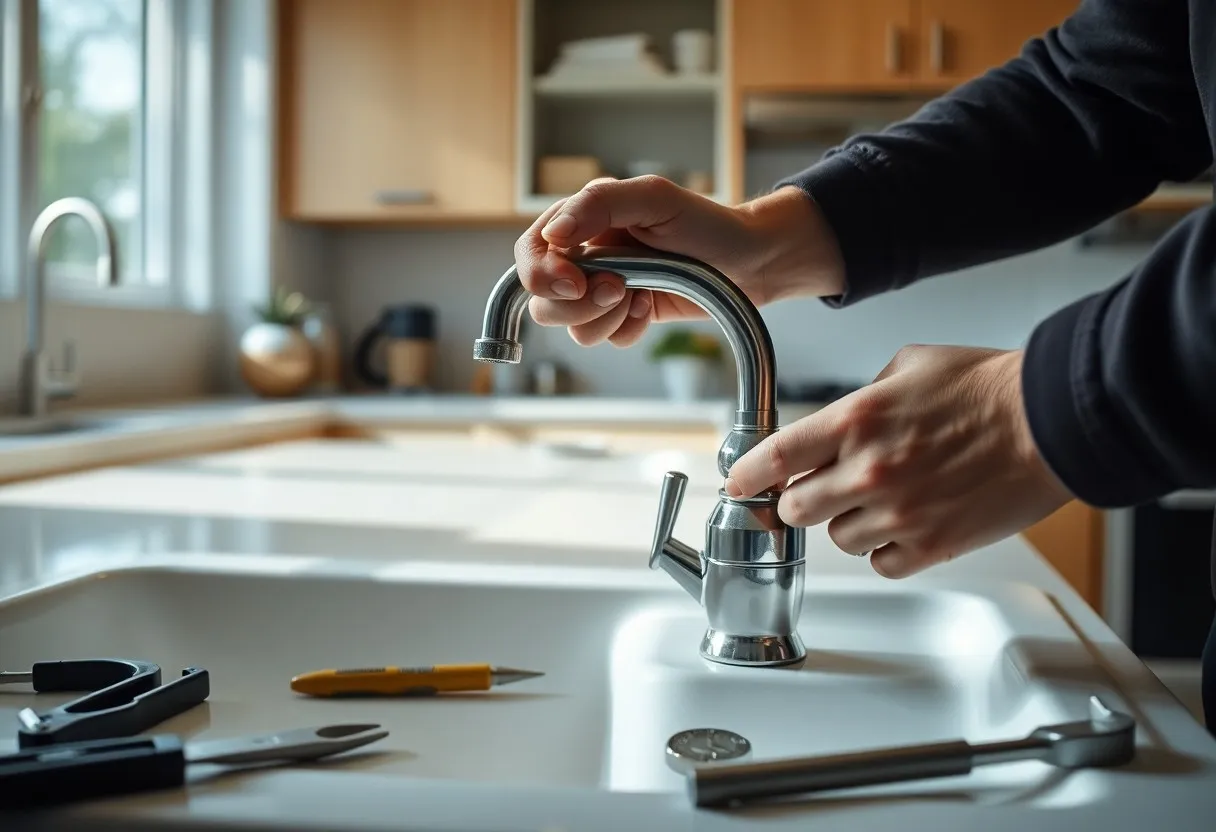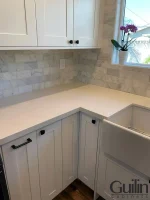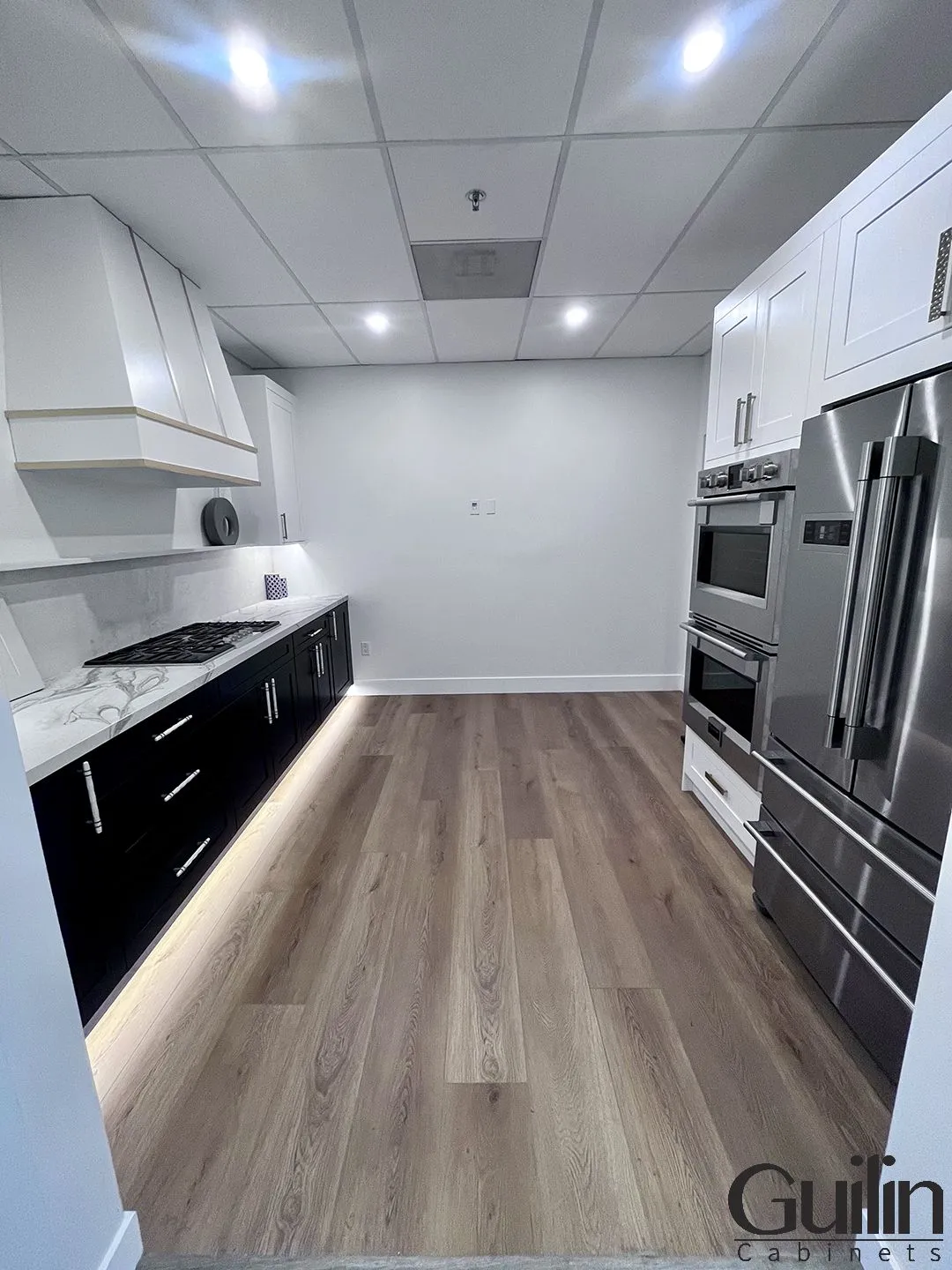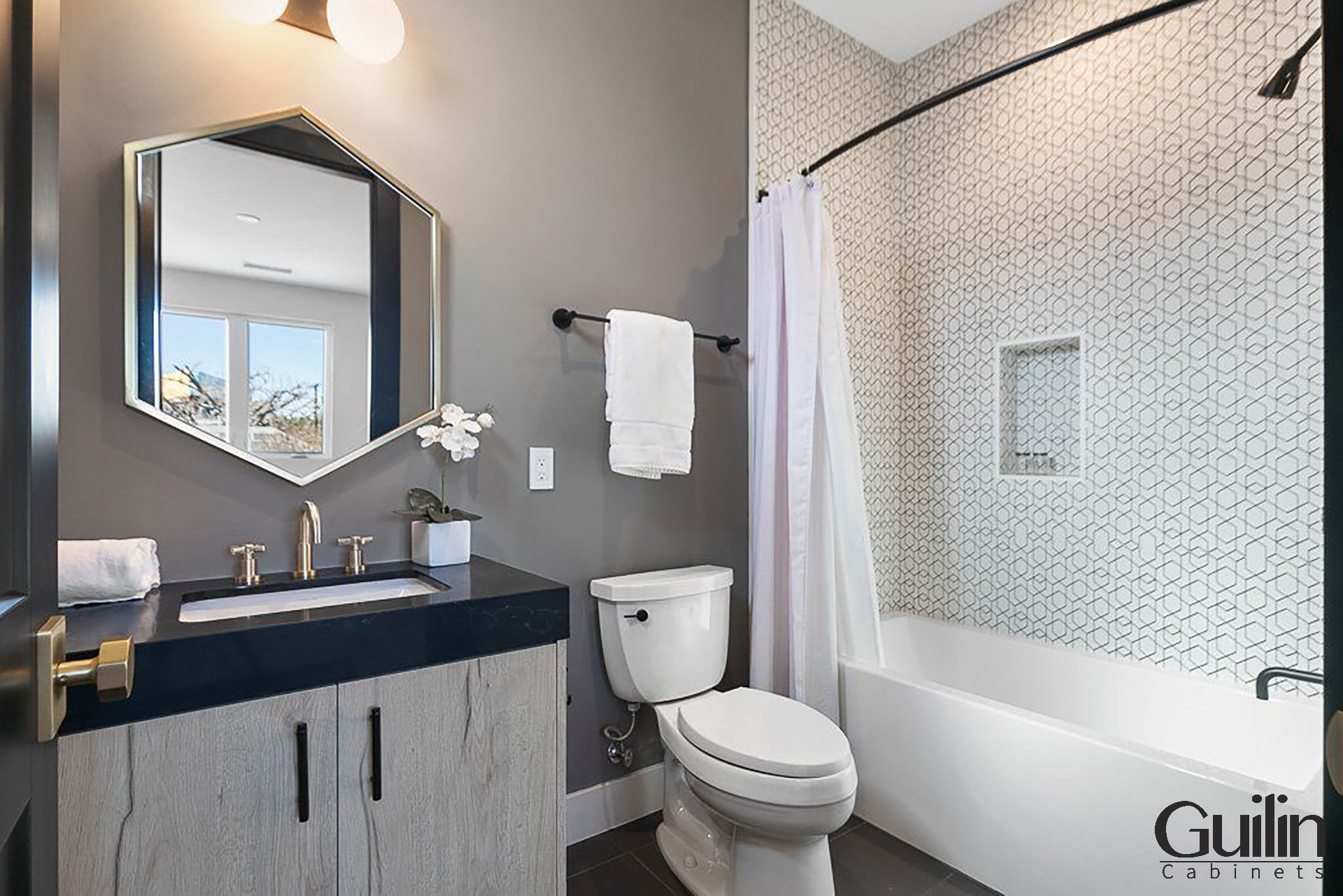Many homeowners face the challenge of a leaking or malfunctioning kitchen faucet, which can disrupt daily routines and lead to further issues if left unaddressed. Replacing your kitchen sink faucet is a manageable task that can improve your kitchen’s functionality and aesthetics. With the right tools and a little bit of patience, you can successfully complete this DIY project and enjoy a fully operational faucet once again. Follow our step-by-step guide to ensure a seamless replacement process.
Why Replacing a Kitchen Faucet Matters
The kitchen sink is more important than you might think — it’s where we wash dishes, prep food, rinse fruits, or even fill up a glass of water. But when your kitchen faucet starts leaking, rusting, or simply stops working properly, it can disrupt your entire daily routine. The good news? Replacing a kitchen faucet is not as hard as it sounds. With a little patience, some basic tools, and this guide, you can easily tackle this home improvement project yourself.
=> Read More: How Choosing a Kitchen Sink: Features To Looking For

What Tools Will You Need?
Before starting, make sure you have these tools ready:
- Adjustable wrench or basin wrench
- Screwdriver
- Bucket or bowl
- Cleaning cloth
- Plumber’s tape (optional)
- New faucet (check that it’s compatible with your sink)
=> Read More: Bathroom Sink Sizes, Measure and Dimensions
Step By Step to Replace Your Kitchen Sink Faucet
Step 1: Turn Off the Water Supply
This is the most important safety step. Look under your sink — you should see two small valves (handles) for hot and cold water. Turn them clockwise to shut off the water supply. After this, turn on the faucet to release any remaining water in the lines.
Step 2: Disconnect the Water Lines
Grab your wrench and loosen the nuts that connect the water lines to your old faucet. Place a bucket or bowl underneath to catch any leftover water — this helps avoid making a mess. Tip: Older houses may have tighter connections — don’t force anything too hard to avoid breaking pipes.
Step 3: Remove the Old Faucet
Once the water lines are disconnected, look up under the sink. The faucet is held in place by mounting nuts or brackets. Loosen and remove these. If there’s any rust or buildup, use a little WD-40 or similar lubricant to help loosen stubborn parts.
Step 4: Clean the Sink Area
Before installing the new faucet, take a moment to clean around the faucet holes on your sink. Over time, dirt, mineral deposits, and grime can build up. Use a damp cloth and gentle cleaner to wipe away everything. This helps ensure your new faucet seals properly and looks nice and clean.
Step 5: Install the New Faucet
Place your new faucet into the mounting holes. If your new faucet comes with a deck plate (escutcheon), install it first. Some faucets also require a bead of silicone sealant around the base for a watertight fit — check your product instructions. Make sure your faucet sits straight before tightening.
Step 6: Secure the Faucet
Go back under the sink and tighten the mounting nuts or brackets to secure the faucet in place. Important: Hand-tighten first, then use your wrench to snug them. Avoid over-tightening — this can damage parts or cause leaks.
Step 7: Connect the New Water Lines
Attach the new water lines (or re-attach the old ones if still in good condition). Remember:
- Hot water line connects to the left
- Cold water line connects to the right
Use plumber’s tape on the threads if necessary to prevent leaks.
Step 8: Turn the Water Back On and Test
Slowly turn the water supply valves back on. Let the water run for a few minutes to flush out any debris from the new faucet. Check underneath for leaks at every connection point. If everything looks good — congratulations! You’ve just replaced your kitchen sink faucet.
When Should You Call a Professional?
All home improvement projects come with their challenges, and replacing a kitchen sink faucet is no exception. While many homeowners may feel confident tackling this task on their own, it’s important to know when to call in a professional. Certain signs indicate that this job may be beyond your expertise, and ignoring them could lead to more significant issues in your home.
If you encounter problems such as old, corroded pipes or difficult-to-reach connections, it’s wise to seek help from a licensed plumber. Additionally, if you experience major leaks after installation, that’s a clear sign that professional assistance is necessary to avoid potential damage to your property.

Final Words
Upon reflecting on the steps outlined in this guide, you should feel empowered to replace your kitchen sink faucet with confidence. This project not only enhances the functionality of your kitchen but also gives you the satisfaction of completing a home improvement task on your own. By following the step-by-step instructions, you can ensure that the installation is done correctly and without unnecessary complications. Each stage, from turning off the water supply to securing the new faucet, is designed to keep the process straightforward and manageable.
What tools will I need to replace my kitchen sink faucet?
To replace your kitchen sink faucet, you will need a wrench, bucket or bowl (to catch water), a screwdriver, plumber’s tape, and possibly a lubricant like WD-40 for stubborn parts. Having these tools on hand will make the process smoother and more efficient.
How do I know if my kitchen faucet needs to be replaced?
Signs that your kitchen faucet may need replacement include persistent leaks, rust, difficulty in turning the faucet on or off, and low water pressure. If repairs do not resolve these issues, a replacement may be the best option.
How do I turn off the water supply before replacing the faucet?
To turn off the water supply, locate the small valves under your sink—typically there are two for hot and cold water. Turn both handles clockwise to shut them off. Once done, turn on the faucet to allow any remaining water in the lines to drain out.
Can I install a kitchen faucet by myself, or should I hire a plumber?
Installing a kitchen faucet can be a DIY project if you’re comfortable with basic tools and following step-by-step instructions. However, if you encounter significant issues like old, corroded pipes or challenging-to-reach connections, it may be better to consult a licensed plumber for assistance.
What should I do if I encounter a leak after installing the new faucet?
If you notice a leak after installation, check all the connection points under the sink to ensure that the nuts and fittings are tightened properly. If the leak persists, you may need to disassemble the connections and reapply plumber’s tape or seek help from a professional plumber.

















